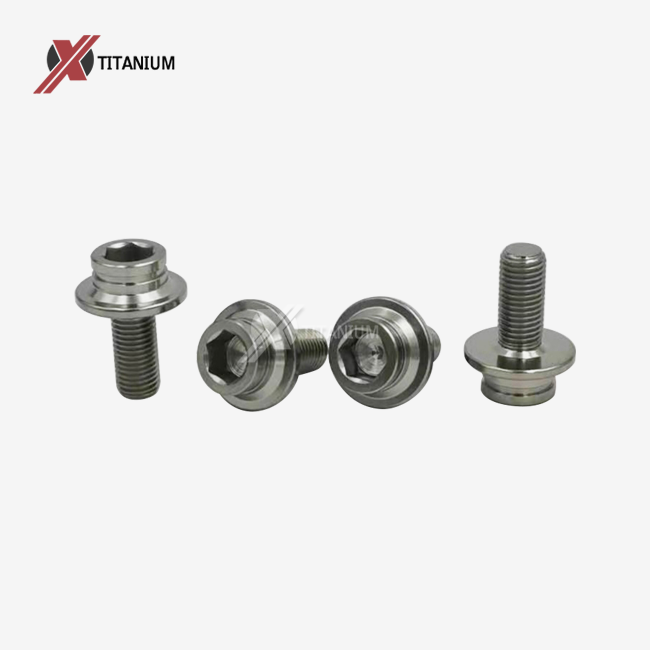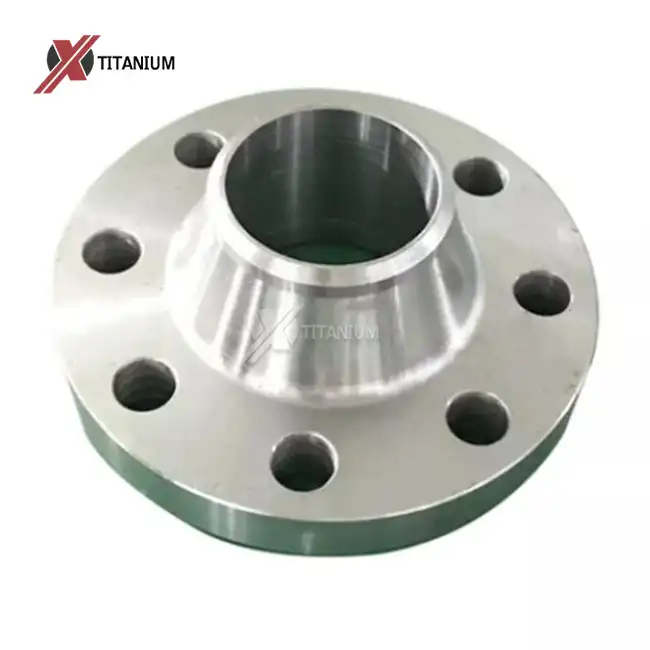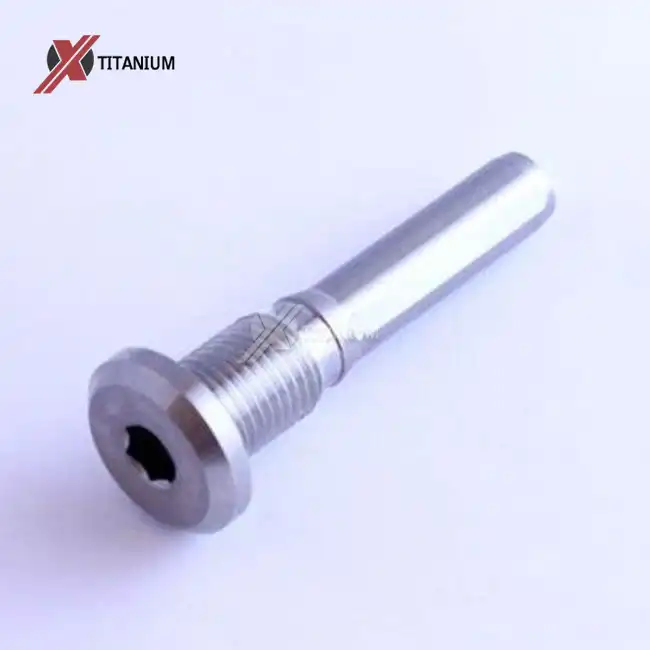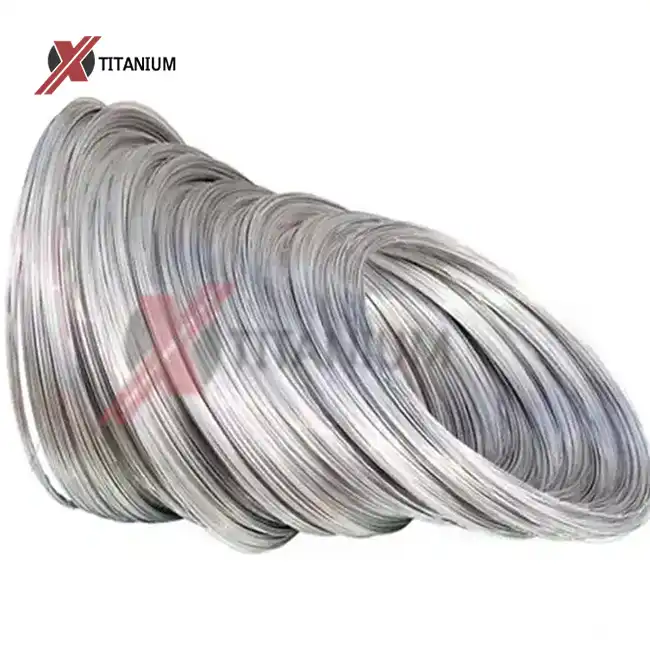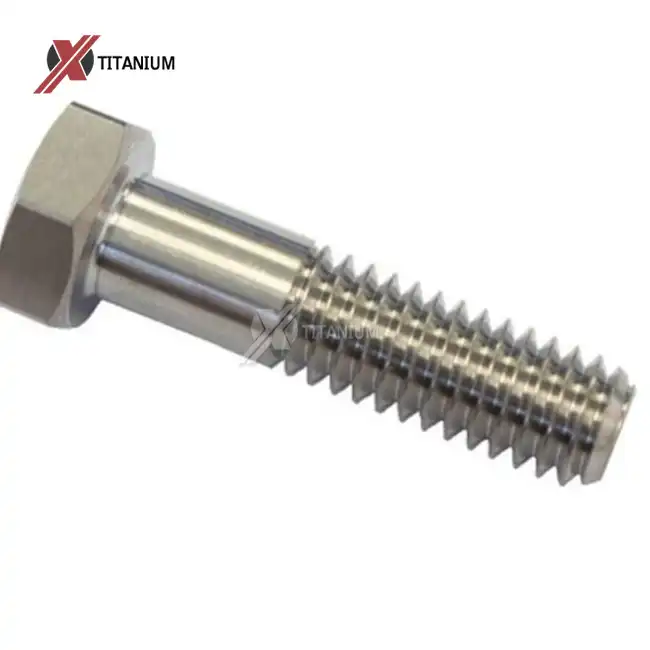Comprehending Titanium Crank Bolts and Their Importance
Since titanium crank bolts provide the ideal balance of strength, lightweight design, and corrosion resistance, they are an essential part of many high-performance bicycles. These bolts are typically made from Grade 5 Titanium (Ti-6Al-4V), known for its exceptional mechanical properties and biocompatibility. The use of titanium in crank bolts offers several advantages over traditional materials:
- Reduced weight without compromising strength
- Superior corrosion resistance, even in harsh environments
- Excellent fatigue resistance, ensuring long-term durability
- Biocompatibility, making them ideal for riders with metal allergies
The unique properties of titanium crank bolts make them a popular choice among professional cyclists and enthusiasts alike. However, these properties also necessitate proper torque application to ensure optimal performance and prevent damage to both the bolts and the components they secure.
The Role of Crank Bolts in Bicycle Assembly
Crank bolts are essential for fastening the crankset to the bicycle's bottom bracket. For effective power transfer from the rider to the drivetrain, they are in charge of keeping the crankset's alignment and tension in check. Improper installation or torque application can lead to several issues:
- Loose cranks, resulting in poor power transfer and potential damage to the bottom bracket
- Over-tightened bolts, which can strip threads or cause stress fractures in the crank arms
- Uneven tension, leading to premature wear of components and decreased performance
Given their critical function, it's imperative to understand the proper techniques for installing and maintaining titanium crank bolts.
Proper Torque Application Techniques for Titanium Crank Bolts
Applying the correct torque to titanium crank bolts is a precise process that requires attention to detail and the right tools. Here's a step-by-step guide to ensure proper torque application:
Selecting the Right Tools
To properly torque titanium crank bolts, you'll need:
- A calibrated torque wrench capable of measuring in the 10-12 Nm range
- The appropriate hex bit or Allen key that fits the bolt head
- Anti-seize compound (optional but recommended for titanium bolts)
Preparation and Installation
1. Clean the bolt threads and the threaded hole in the crank arm to remove any dirt or debris.
2. If using an anti-seize compound, apply a small amount to the bolt threads. This helps prevent galling and makes future removal easier.
3. Insert the bolt into the crank arm and thread it by hand to ensure proper alignment.
Torque Application Process
1. Set your torque wrench to the manufacturer's recommended torque value, typically 10-12 Nm for titanium crank bolts.
2. Attach the appropriate hex bit or Allen key to the torque wrench.
3. Place the wrench on the bolt head, ensuring a secure fit.
4. Begin tightening the bolt slowly and steadily, applying even pressure.
5. Continue tightening until the torque wrench clicks or indicates that the set torque value has been reached.
6. Avoid over-tightening beyond the recommended torque, as this can damage the bolt or crank arm.
Post-Installation Checks
After applying torque to the titanium crank bolts:
- Visually inspect the installation to ensure the crank arm is properly seated.
- Spin the crankset to check for any binding or unusual resistance.
- Plan to re-check the torque after the first few rides, as some initial settling may occur.
By following these techniques, you can ensure that your titanium crank bolts are properly installed and torqued, maximizing their performance and longevity.
Maintenance and Long-Term Care of Titanium Crank Bolts
While titanium crank bolts are known for their durability and corrosion resistance, proper maintenance is still essential to ensure their longevity and optimal performance. Here are some key aspects of long-term care for your titanium crank bolts:
Regular Inspection and Re-Torquing
Periodic inspection of your titanium crank bolts is crucial to catch any potential issues early. Here's what you should do:
- Visually inspect the bolts for any signs of wear, corrosion, or damage.
- Check for any looseness in the crank assembly.
- Re-torque the bolts to the specified value every few months or after periods of intense use.
- Pay special attention after riding in wet or muddy conditions, as these can accelerate wear.
Cleaning and Lubrication
Proper cleaning and lubrication can significantly extend the life of your titanium crank bolts:
- Clean the bolts and surrounding areas regularly with a mild soap and water solution.
- Avoid using harsh chemicals or abrasive materials that could damage the titanium surface.
- After cleaning, apply a thin layer of anti-seize compound to the bolt threads before reinstallation.
- If your bolts have a colored anodized finish, be gentle during cleaning to preserve the coating.
Addressing Common Issues
Even with proper care, you may encounter some issues with your titanium crank bolts. Here's how to address them:
- If a bolt becomes difficult to remove, use penetrating oil and patience. Avoid excessive force that could damage the bolt or crank arm.
- If you notice any cracks or deformation in the bolt, replace it immediately. Do not attempt to repair titanium bolts.
- In case of thread damage, consult a professional bike mechanic. Rethreading titanium components requires specialized tools and expertise.
When to Replace Titanium Crank Bolts?
While titanium crank bolts are incredibly durable, they're not indestructible. Consider replacement in the following situations:
- After a crash or significant impact that may have stressed the bolts
- If you notice any visible damage, such as cracks or deformation
- When the bolts no longer hold proper torque or frequently come loose
- As a preventive measure after several years of use, especially in high-performance applications
By following these maintenance practices, you can ensure that your titanium crank bolts continue to provide optimal performance and reliability throughout their lifespan.
Conclusion
Proper torque application and maintenance of titanium crank bolts are crucial aspects of bicycle maintenance that can significantly impact your riding experience and the longevity of your components. By understanding the unique properties of titanium, using the correct tools and techniques for installation, and implementing a regular maintenance routine, you can ensure that your titanium crank bolts perform optimally for years to come.
For more information about titanium crank bolts and other high-quality titanium components, please contact us at info@cltifastener.com or djy6580@aliyun.com. Our team of experts is always ready to assist you in selecting the right titanium products for your specific needs and ensuring their proper installation and maintenance.
